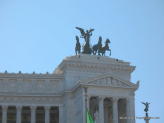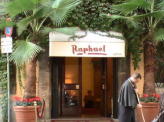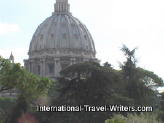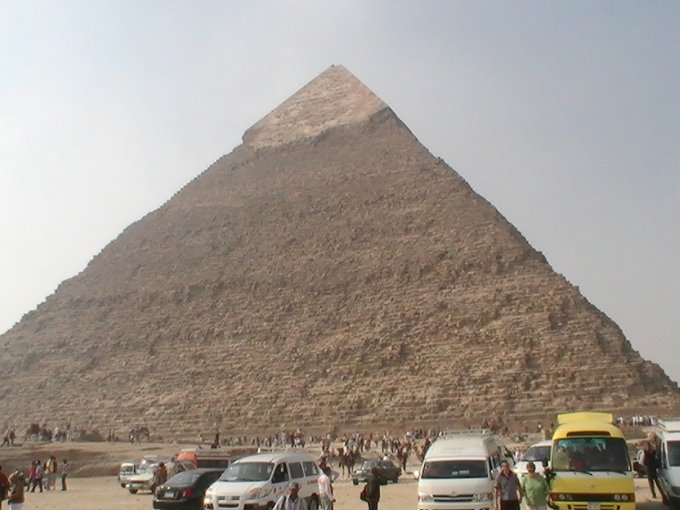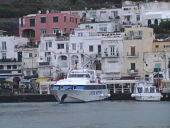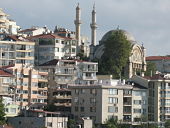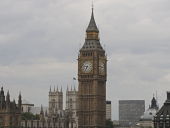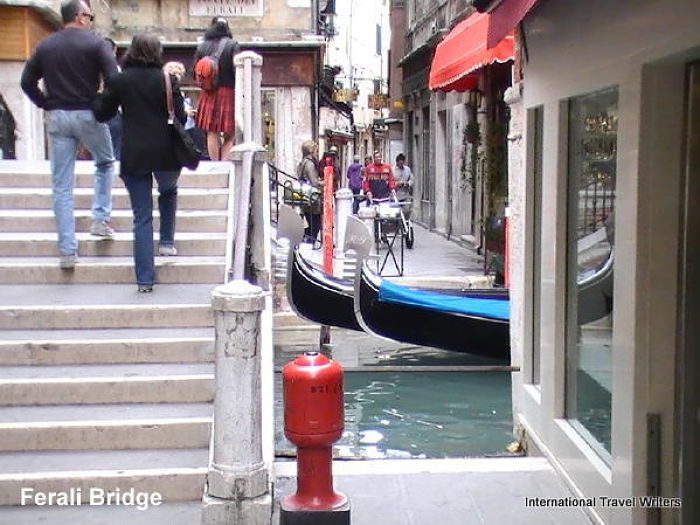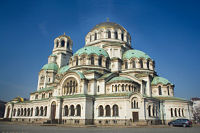Colosseum
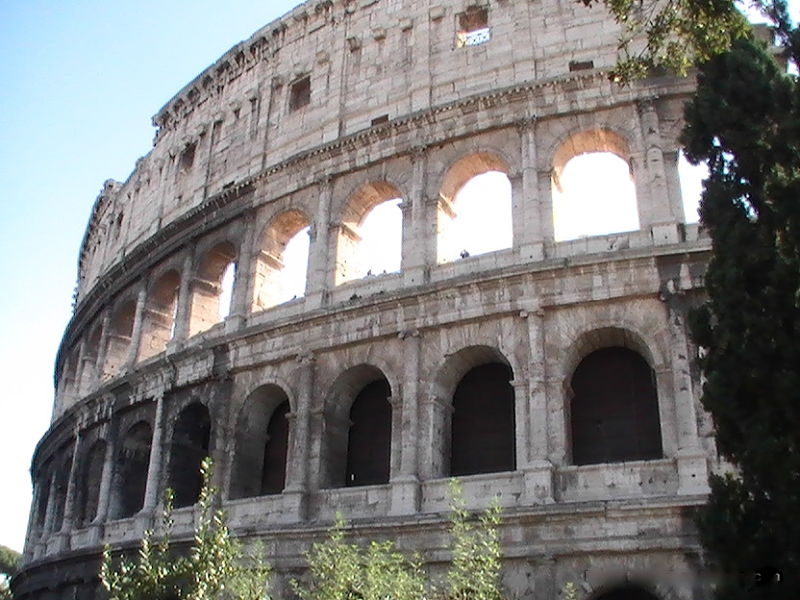
For years the mental image I had of the Colosseum was the one in the photos with light shining through the open spaces of the arches on several floors, the whole time portraying evidence of a miraculous survival of an ancient theater of entertainment that evoked visions of gladiators fighting to defeat whatever was thrown at them so they could survive.
I knew they had to fight lions and tigers, wild boars and bears, but I was not aware of the horrific slaughter that went on with even the proud and defiant elephants...
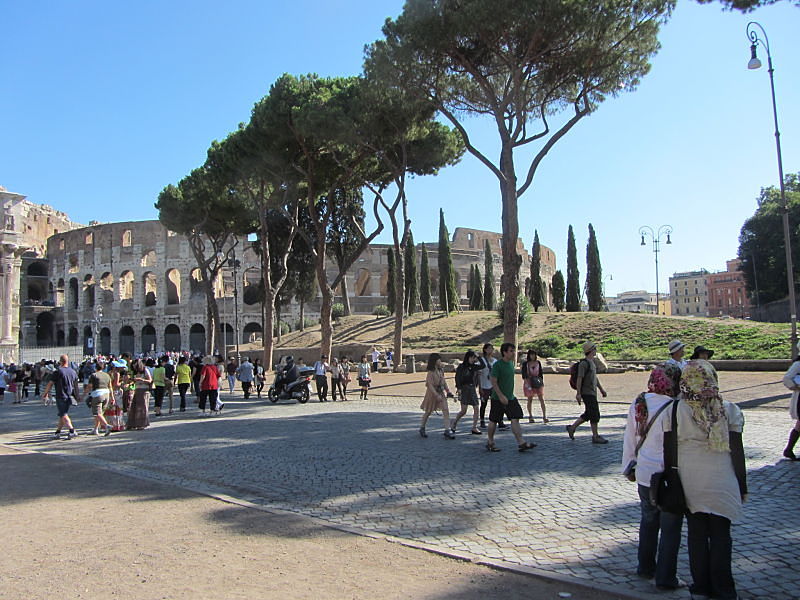
Thumbnails of the Colosseum:
- Emperor Vespasian, founder of the Flavian Dynasty, started construction of the Colosseum in 72 AD just east of the Roman Forum.
- Completion was in 80 AD, under his son Titus, a year after Vespasian’s death. Inauguration was 100 days of games and in the process some 9,000 animals were slaughtered. Additional modifications were made during his younger son Domitian’s reign
- Elliptical building measuring approx. 615 x 510 ft. It had 80 entrances of which 4 were reserved for the emperor, imperial family and vestals. It had 4 stories above ground reaching approx. 159 feet high and the base covered 6 acres. The oval arena itself measured approx. 272 by 157 feet. Approx. 9090 feet of seating was spread over 50 rows that accommodated 50,000 spectators. There was a 15 foot high barrier wall separating the seating from the actual arena.
- Hypogeum…the underground level contained rooms with mechanical devices and cages containing wild animals.
- Velarium…the structure was covered with an enormous awning known as the velarium. This protected the spectators from the sun. 240 large poles or masts on the top of the Colosseum were anchored to the 4th level stone corbels by large ropes and during the games the canvas was operated very much like sails on a sailboat. Sailors were specially enlisted from the Roman naval headquarters at Misenum and housed nearby so they could work the velarium.
- The southern side of the Colosseum was destroyed by an earthquake in 847. The marble façade was later used for the construction of later monuments such as St. Peter’s Basilica. Stone-robbers also contributed to losses. It should be noted that the remainder of the present day exterior of the structure is in fact the original interior wall.
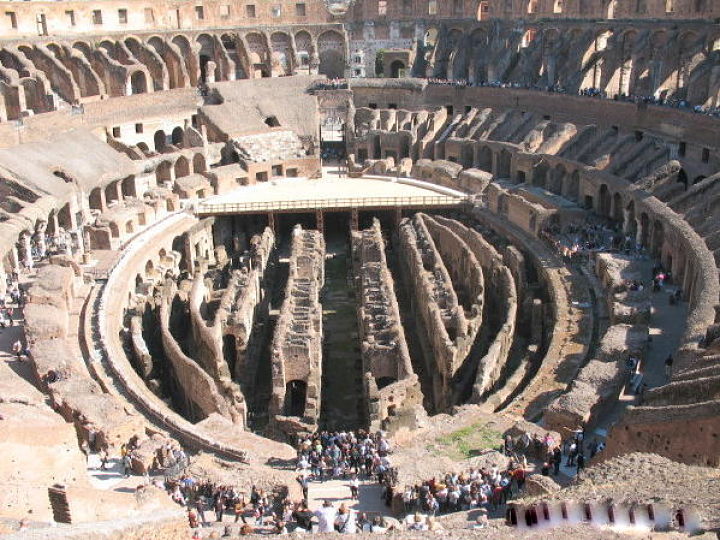
The Hypogeum, the underground area of the arena, was constructed by Vespian’s younger son Emperor Domitian. It had a wooden floor covered by sand that concealed an elaborate “backstage” area. It actually consisted of a two-level subterranean network of tunnels and cages beneath the arena where gladiators and animals were held before the action began.
80
vertical shafts provided instant access to the arena for caged animals
and scenery pieces concealed underneath. Larger hinged platforms
provided access for elephants, rhinos etc. It was restructured many
times over the years and at least a dozen different phases of
construction can be seen. The skeleton has been unearthed.
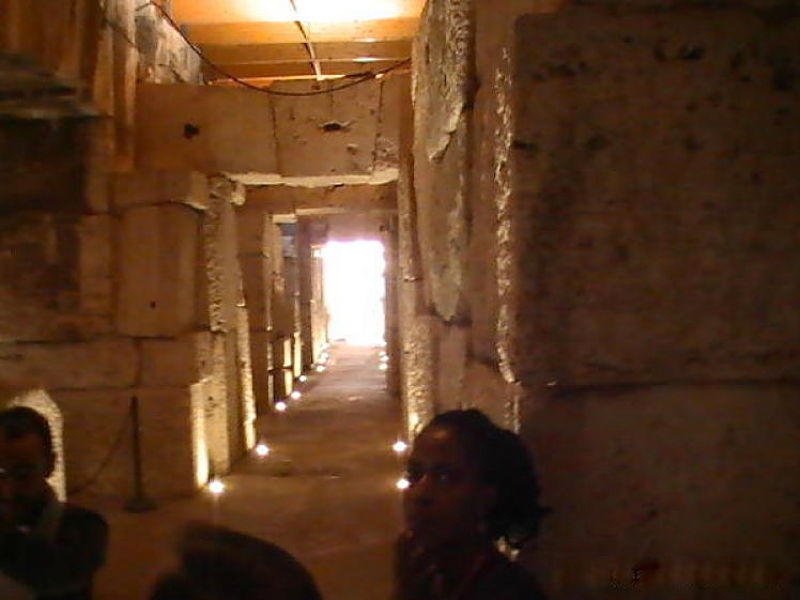
The hypogeum was connected by underground tunnels to a number of points outside
the structure. Separate tunnels were provided for the Emperor and
Vestal Virgins to permit them to enter and exit without needing to pass
through the crowds. Animals and performers were brought through the
tunnel from nearby stables and the gladiators’ barracks at the Ludus Magnus was also connected by tunnels.

Today, there are local Italian men who earn a living dressing in the ancient Roman military attire of the past and they have their pictures taken with tourists or provide directions to nearby attractions. I'm not sure if they are employed officially or not, but they are older gentlemen who are polite and they can be seen near many venues.

The Colosseum had assigned seats for senators much like our Season Ticket holders of today. The names of some 5th century senators can still be seen carved into the stonework showing the area that is reserved for their use. From upper stories can be viewed the Arch of Constantine, Palatine Hill and the Roman Forum.
Ticket prices are tiered... 18 Euros for general admission, 27.50 Euros for a tour that includes the underground and top floor plus they have special tours that can be arranged that are priced somewhat higher…we opted to have Hotel Raphael make our arrangements because our time was limited.
Also, there are discounts for students and those over 65 plus children in strollers are free. A big plus is that your ticket includes the Palatine Museum, Palatine Hill and the Roman Forum

Outside, taking a nap, was one of the buggy drivers. These buggies are available for rentals to transport you either around the exterior of the structure or they also provide transportation over to the adjoining Palatine Hill as well as other nearby attractions.

A note of interest is that currently the local authorities of Rome change the color of the Colosseum’s night time illumination from white to gold whenever a person condemned to a death penalty anywhere in the world gets their sentence commuted or is released…or if a jurisdiction abolishes the death penalty.
It is also the site of Roman Catholic ceremonies in which the Pope leads the Stations of the Cross called the Scriptural Way of the Cross at the Colosseum on Good Fridays.
Having trouble finding what you need? International Travel Writers Index and Map
OR
Do you have a travel experience or story to share? Share your travels here!
Related Articles......
Return from Colosseum to International Travel Homepage
By Carolynne Woods, © Copyright 2010-2020. International Travel Writers.com All rights reserved images and text
